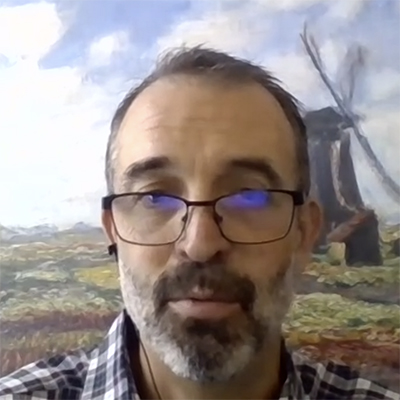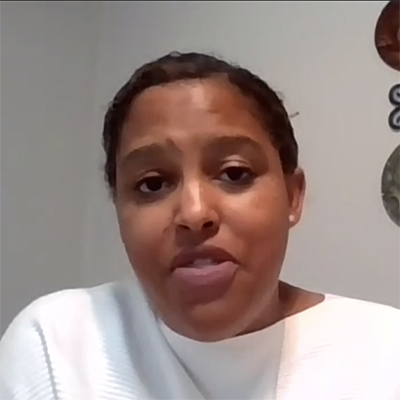
Advocates of grid-enhancing technologies (GET) said Wednesday that regulators should adopt a “shared savings” model to persuade utilities to adopt low-cost investments that could free up crucial transmission capacity.
The first step is to distinguish shared savings from the way that costs are recovered in the industry, which is return on equity (ROE) and the standard approach to incentives that FERC has used.

Rob Gramlich, executive director of the Working for Advanced Transmission Technologies (WATT) Coalition, told a press briefing that traditional return on equity ratemaking won’t work for GETs.
“Return on equity is of course based on how much capital is invested, and if we’re talking about very low cost very low capital deployments, then it doesn’t matter how high the ROE incentive is, it’s not going to make a difference,” Gramlich said. “It’s just not the right metric.”
The WATT Coalition called the briefing to build support for its proposed model, which will be the subject of discussion at a FERC workshop on shared-savings incentives Friday (RM20-10, AD19-19).
The coalition is made up of technology providers who support greater deployment of grid technologies such as dynamic line ratings, power flow control and topology optimization. The coalition includes Ampacimon, Lindsey Systems, LineVision. NewGrid, Smart Wires and WindSim Power.
The group has been refining its position in response to FERC’s March 2020 Notice of Proposed Rulemaking on Electric Transmission Incentives Policy under Section 219 of the Federal Power Act. (See FERC Proposes Increased Tx Incentives.)

The technologies can improve reliability and reduce congestion costs, Grid Strategies Vice President Jay Caspary said.
“We estimate that the deployment of grid-enhancing technologies across the U.S. would save about $2 billion in customer costs by being able to take advantage of more efficient, cleaner energy that currently is bottled up and constrained on the power system,” Caspary said.
The proposal recommends benefits be calculated through production cost modeling and that projects have a minimum benefit-cost ratio of 4:1. For projects under $2.5 million, transmission owners would receive 25% of savings, with total incentive capped at $10 million. Larger projects would be subject to a competitive process and awarded based on the highest net customer benefit, considering both benefit-cost ratios and consumer’s share of savings. Any qualified market participant could propose a project, and after three years, if the ratio remains greater than 4:1, the owner can reapply to extend the agreement for an additional three years.
Aligning Incentives

The WATT proposal would align incentives for GETs investments with the public interest pursuant to the directive in the Federal Power Act, said Daniel Hall, central region director for electricity and transmission at the American Clean Power Association.
“It would incent utilities to invest in technology that benefits consumers by allowing their shareholders to share in those cost savings,” said Hall, former chairman of the Missouri Public Service Commission. “This is a classic win-win-win — a win for consumers, a win for utility shareholders, and a win for the environment.”

GETs are an important way to help expand line capacity at comparatively low cost compared to new transmission lines, and the cost savings multiply because GETs help bring low-cost renewables onto the grid, said Tyler Stoff, director of regulatory affairs at the American Council on Renewable Energy (ACORE).
The current market design “can’t adequately motivate GET deployment because profit is directly proportional to capital invested, which for these technologies can be very small,” Stoff said. “ACORE supports a specific, well-defined incentive focused on low-cost projects that provide quantifiable congestion reduction benefits, and I think we see that in the proposal laid out here today.”

The Renewable Energy Buyers Alliance also supports GETs, Director of Policy Innovation Adrienne Mouton-Henderson said.
“As highlighted by this proposal, GETs can increase grid flexibility and reliability, especially during extreme weather events such as the wildfires of California and Hurricane Ida that has ravaged my home state of Louisiana and the Northeast,” Mouton-Henderson said. “The time to act is now.”

“In the Eastern [Interconnection] there’s need for increased transmission capacity. But rather than build new lines, transmission owners are shifting costs to interconnection customers for new network upgrades,” said Melissa Alfano, manager of regulatory affairs at the Solar Energy Industries Association.
“The results are these large, drawn-out fights at FERC over the cost of those upgrades … but these fights are all based on the underlying assumption that the transmission system is fixed in capacity and topology, which is an outdated idea,” Alfano said.
